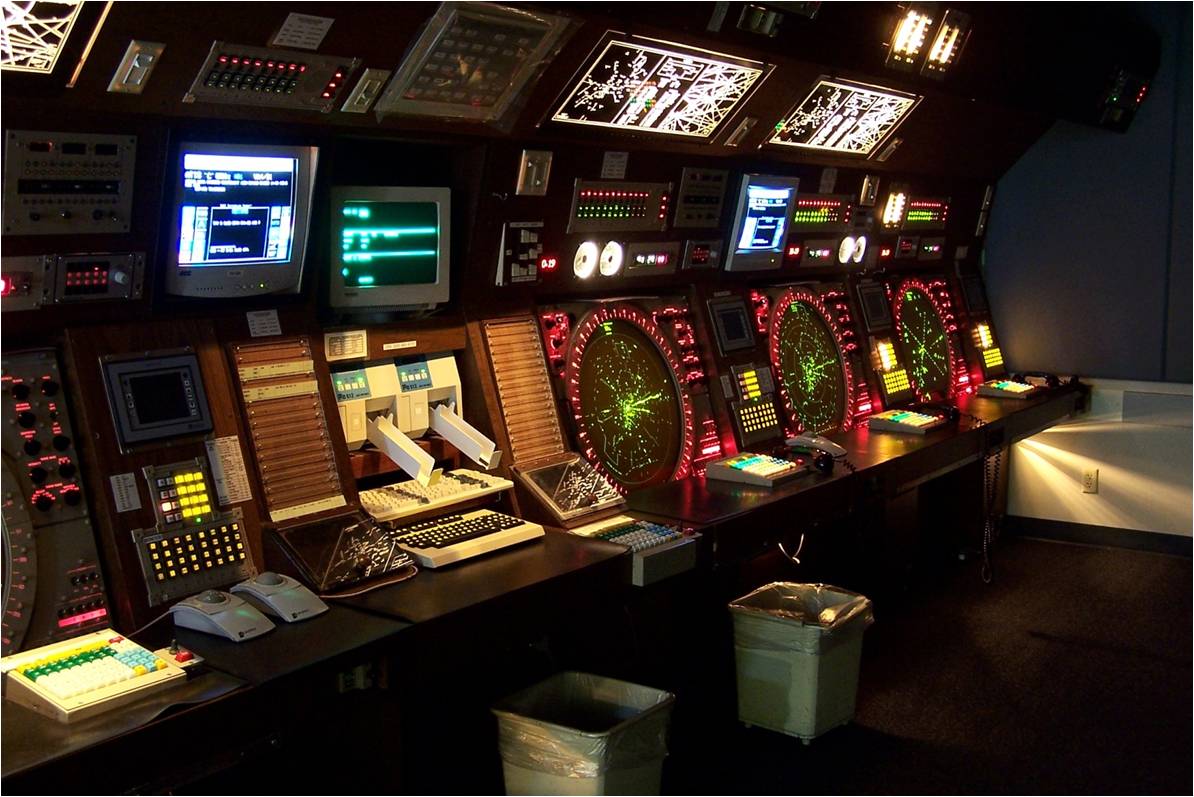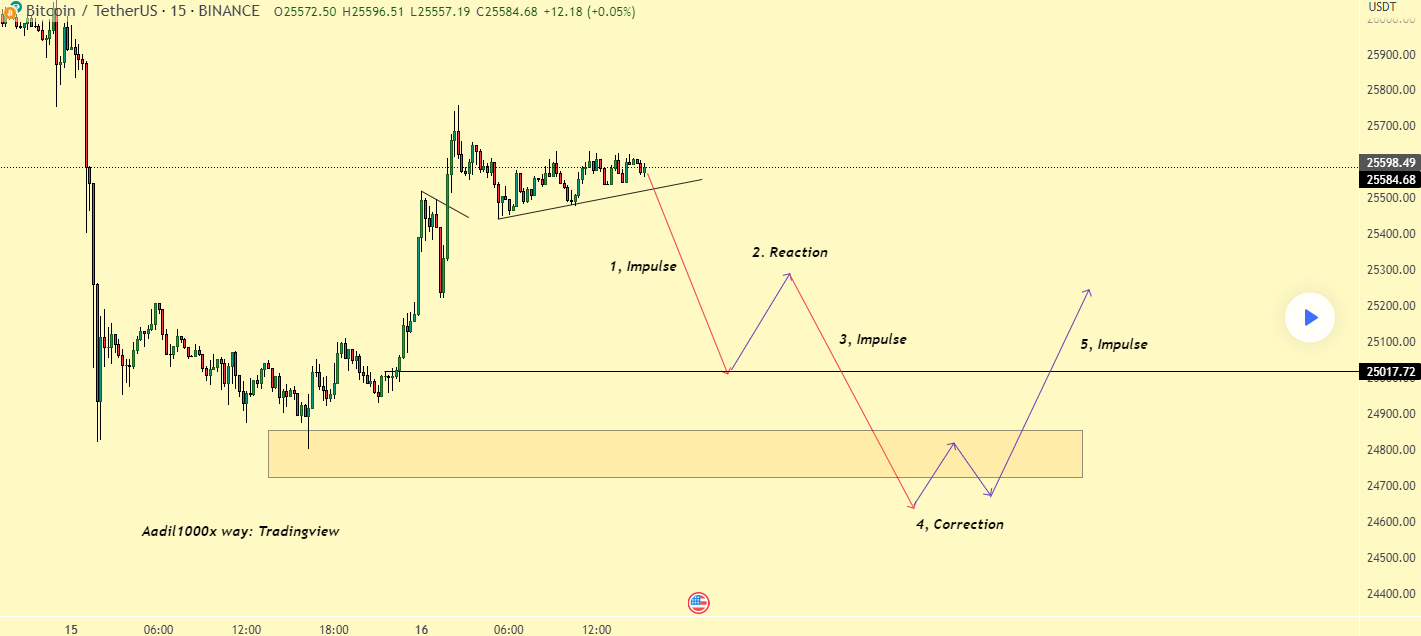Improving Air Traffic Control Systems: Tackling The "I Don't Know Where You Are" Issue

Table of Contents
Technological Advancements for Enhanced Tracking
Outdated tracking methods contribute significantly to the "I don't know where you are" problem. Modernizing our air traffic control systems requires embracing advanced technologies capable of providing real-time, accurate aircraft positioning.
Automatic Dependent Surveillance-Broadcast (ADS-B) Technology
ADS-B represents a significant leap forward in aircraft tracking. This technology allows aircraft to broadcast their precise GPS location, altitude, speed, and other vital data directly to air traffic controllers and other aircraft.
- Enhanced Situational Awareness: ADS-B significantly improves situational awareness for air traffic controllers, providing a more accurate picture of aircraft positions than traditional radar systems. This reduced reliance on radar is a crucial step towards safer and more efficient airspace management.
- Wider Coverage and Accuracy: ADS-B offers significantly wider coverage than traditional radar, especially in areas with challenging terrain or sparse radar infrastructure. The accuracy provided by GPS-based positioning eliminates the inherent limitations of radar technology.
- Challenges of Widespread Adoption: While ADS-B offers many advantages, widespread adoption faces challenges. These include the need for extensive ground infrastructure upgrades to receive ADS-B signals and addressing potential coverage gaps in remote areas. Furthermore, ensuring consistent global implementation requires international cooperation and standardization.
Next Generation Air Transportation System (NextGen) and SESAR
NextGen (in the US) and SESAR (in Europe) represent comprehensive modernization initiatives aimed at transforming air traffic management. These programs leverage advanced technologies, including data fusion and predictive analytics, to enhance situational awareness and prevent potential conflicts.
- Data Link Communications and Sensor Fusion: NextGen and SESAR facilitate enhanced data link communications between aircraft and ground control, enabling the seamless exchange of precise location data and other critical information. They also integrate data from multiple sources – radar, ADS-B, and other sensors – to create a more comprehensive and reliable picture.
- Integration Challenges: Integrating these sophisticated new systems with legacy ATC infrastructure presents significant challenges. This requires careful planning, substantial investment, and phased implementation to minimize disruptions to air traffic operations.
Satellite-Based Tracking Systems
Satellite-based tracking systems are crucial for supplementing ground-based systems, particularly in remote areas and over oceans where radar coverage is limited or nonexistent.
- Global Coverage: Unlike ground-based systems, satellites provide global coverage, offering continuous tracking of aircraft even in areas devoid of radar or ADS-B infrastructure. This is particularly vital for oceanic flights where the "I don't know where you are" scenario is a significant safety concern.
- Limitations and Cost: While offering valuable global coverage, satellite-based systems can be more expensive to implement and maintain compared to ground-based systems. The accuracy can also be affected by factors such as weather conditions and satellite positioning.
Improving Communication and Data Handling in Air Traffic Control
Technological advancements are only part of the solution. Efficient communication and data handling within the ATC system are equally vital for eliminating the "I don't know where you are" problem.
Standardization of Communication Protocols
Inconsistencies in communication protocols hinder seamless data exchange between aircraft and ATC. Establishing universally accepted standards is essential.
- Improved Accuracy and Reduced Errors: Standardized data formats significantly reduce the risk of errors in information transfer, ensuring that controllers receive accurate and consistent data from all aircraft.
- Global Coordination Challenges: Achieving global standardization requires extensive international cooperation, which can be complex due to differing regulations and technological capabilities across nations.
Data Fusion and Predictive Analytics
Combining data from multiple sources (radar, ADS-B, satellite) and applying predictive analytics empowers air traffic controllers with more accurate and timely information.
- Enhanced Situational Awareness and Conflict Prediction: Data fusion creates a comprehensive, real-time picture of the airspace, enabling controllers to anticipate potential conflicts and take proactive measures to prevent them.
- AI and Machine Learning: Artificial intelligence and machine learning algorithms can significantly enhance the speed and accuracy of data analysis, allowing controllers to react more quickly to evolving situations.
Enhanced Training and Procedures for Air Traffic Controllers
Robust training programs are essential to ensure air traffic controllers can effectively utilize new technologies and manage increasingly complex airspace.
- Continuous Professional Development: Continuous professional development for ATC personnel is crucial to keep pace with technological advancements and maintain the highest levels of competence.
- Advanced Training Technologies: Simulations and advanced training technologies, such as virtual reality and augmented reality, can provide realistic training environments, improving controller performance and decision-making skills.
Conclusion
Inaccurate aircraft tracking remains a significant challenge in air traffic management, contributing to safety risks and operational inefficiencies. Addressing the "I don't know where you are" problem requires a multi-faceted approach. Implementing advanced technologies like ADS-B, NextGen/SESAR, and satellite systems, coupled with improved communication protocols, data fusion, and enhanced training for air traffic controllers, is critical for creating a safer and more efficient aviation system. These improvements are essential to ensure the safety and efficiency of air travel globally. Learn more about these advancements and the ongoing efforts to improve air traffic control systems for a safer and more efficient future. Join the movement to eliminate the "I don't know where you are" problem and contribute to improving air traffic control systems worldwide.

Featured Posts
-
 How The Pope Is Elected A Comprehensive Guide To The Conclave
May 07, 2025
How The Pope Is Elected A Comprehensive Guide To The Conclave
May 07, 2025 -
 Problem S Ruskom A Jeho Ucastou Na Svetovom Pohari 2028
May 07, 2025
Problem S Ruskom A Jeho Ucastou Na Svetovom Pohari 2028
May 07, 2025 -
 Konklawe Tajemnice Wyborow Papieskich Ksiazka Ks Sliwinskiego W Warszawie
May 07, 2025
Konklawe Tajemnice Wyborow Papieskich Ksiazka Ks Sliwinskiego W Warszawie
May 07, 2025 -
 Wga And Sag Aftra Strike Unprecedented Shutdown In Hollywood
May 07, 2025
Wga And Sag Aftra Strike Unprecedented Shutdown In Hollywood
May 07, 2025 -
 Steelers Wr George Pickens An Insiders Perspective
May 07, 2025
Steelers Wr George Pickens An Insiders Perspective
May 07, 2025
Latest Posts
-
 Black Rock Etf A 110 Potential Return Why Billionaires Are Investing
May 08, 2025
Black Rock Etf A 110 Potential Return Why Billionaires Are Investing
May 08, 2025 -
 Trumps Crypto Chief Predicts Bitcoin Price Jump After Market Surge
May 08, 2025
Trumps Crypto Chief Predicts Bitcoin Price Jump After Market Surge
May 08, 2025 -
 Bitcoin Price Soars Trumps Crypto Expert Issues Surprise Forecast
May 08, 2025
Bitcoin Price Soars Trumps Crypto Expert Issues Surprise Forecast
May 08, 2025 -
 Wall Streets 110 Prediction The Black Rock Etf Billionaires Are Buying
May 08, 2025
Wall Streets 110 Prediction The Black Rock Etf Billionaires Are Buying
May 08, 2025 -
 Analyzing Bitcoins Potential For A 10x Price Increase
May 08, 2025
Analyzing Bitcoins Potential For A 10x Price Increase
May 08, 2025
